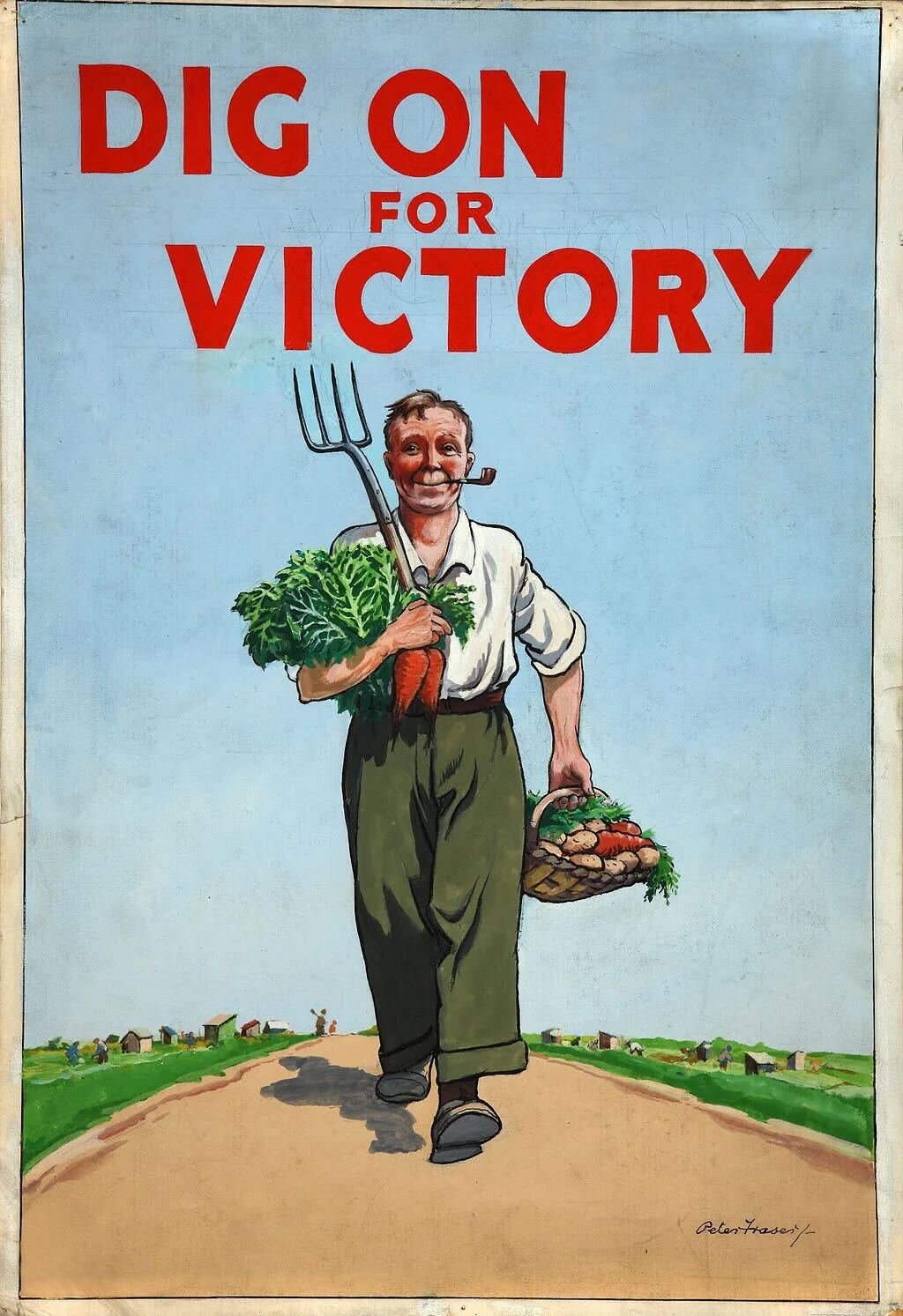How Agricultural Britain Came Together To Feed The Nation During WWII
As Britons learned of the breakout of war at 11:15 am on the 3rd of September 1939, their minds may not have immediately turned to how the country would eat in the coming years.
But they would soon find out that they risked starvation while the battle raged on the continent, and some may have even remembered from the previous war.
However, the lessons learned during the First World War seemed to have almost been forgotten by the time World War II broke out. The interwar years saw the repeal of The Agriculture Act, which had previously guaranteed minimum wages and produce, and this led to wages hitting rock bottom and rural poverty.
Previously thriving farms were now left empty as workers simply couldn’t make a living anymore and moved to towns. This led to Britain having to import over half the food it consumed, which did not bode well when war disrupted those very imports.
So how did the government make sure the country was fed and morale kept high?
Rationing
As shortages began to bite, the government introduced rationing in January 1940 to ensure everyone received their fair share of vital food products including milk, meat, sugar, butter, eggs, and cheese.
Vegetables were not rationed but were in short supply due to the disruptions, and the government produced recipe leaflets to encourage people to make the most of what was available.
Even post-war food and clothing continued to be rationed, with bread being put on the ration list in 1946.
Vegetable patches and pig clubs
With vegetable shortages ordinary people found themselves being encouraged to to help feed themselves by joining the Ministry of Food’s “Dig On For Victory” campaign.
This campaign saw people turning gardens, flowerbeds, allotments, and parks over to the growing of vegetables. The keeping of chickens and pigs was also encouraged, to add extra sources of protein.
The Small Pig Keepers Council helped ordinary people set up Pig Clubs all over England and Wales during the war period. Up to 25 people came together to raise pigs and feed them their food waste, and when the time came for slaughter, they were entitled to keep half of the meat with the rest going to the government.
Farms
Despite the effort everyday people were putting into producing their own food, the government still needed to encourage and protect farms and workers.
Firstly the government declared farming as a protected occupation, which meant farmers were exempt from conscription alongside other important key workers from other industries.
However 50,000 male farm workers were fighting by 1941, so women also played a vital role in feeding the nation by reforming the Women’s Land Army, which had been disbanded after WWI. They numbered more than 80,000 by the end of the war and carried out many farm jobs, from rat catching and milking cows to operating heavy machinery.
To produce enough food, the government started to reclaim and repurpose land for growing crops. This land reclamation process included turning formerly unsuitable areas, such as the Fenlands of East Anglia, into fertile land for food production.
Arable farmland increased from 12.9 million acres to 19 million acres by the second year of the war and farmers were heavily subsidized for their produce.
War Agricultural Executive Committees were set up to oversee the push for increased food production. They surveyed the land in their county and had the power, on the authority of The Minister of Agriculture and Fisheries, to decide if certain crops should be grown and to make sure the land was being farmed properly. Possession of farmland could be taken by the committees if they felt they weren’t up to scratch.
The end of the war
Despite starting the war on the back foot by being in the vulnerable position of importing more food than they grew and losing tens of thousands of skilled farm workers to war, Britain and its people were more than equal to the task ahead of them.
By having a strong wartime agricultural policy and using all resources available to them, Britain increased its output of wheat by 90% and potatoes by 87% by the end of the war.
WWII was truly fought on the battlefield and on the Home Front.



